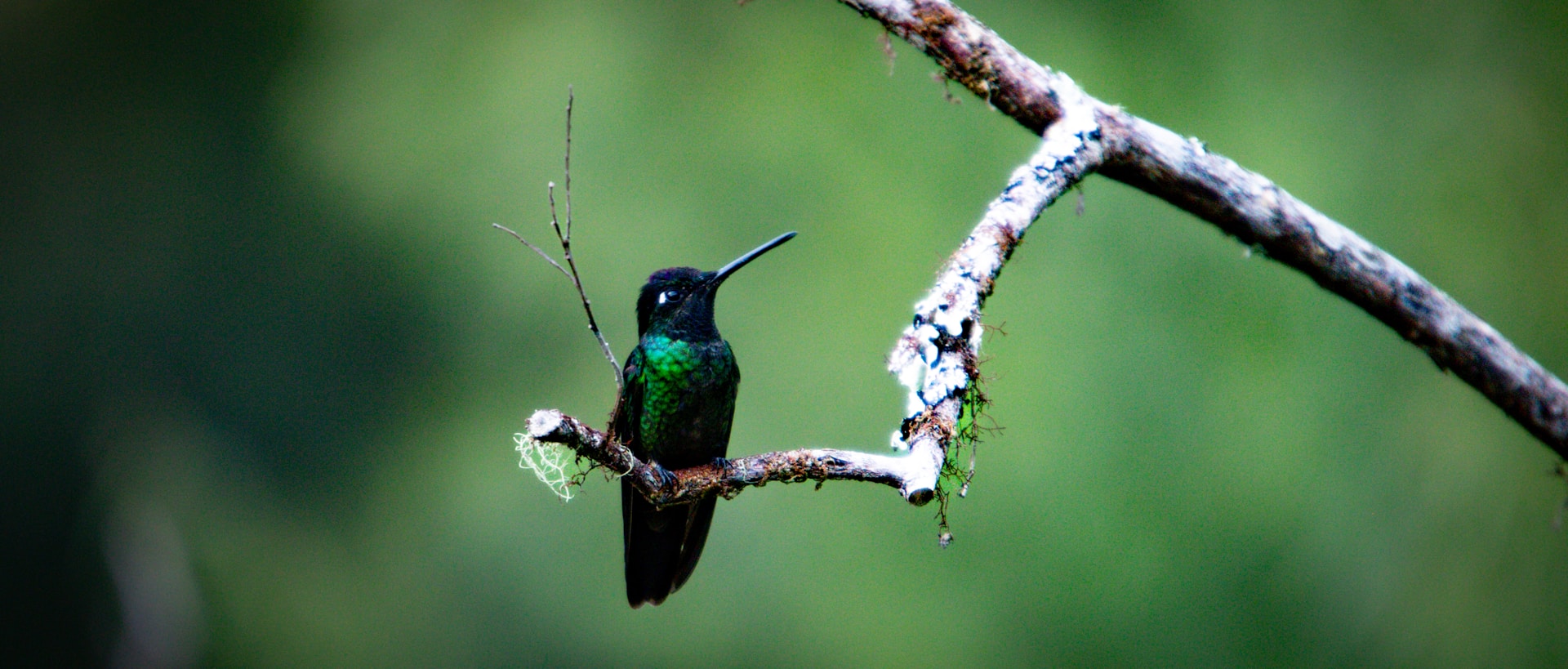There is nothing quite as mesmerizing as the fleeting flash of an iridescent hummingbird darting through the air. For outdoors enthusiasts, understanding the arrival and migration patterns of these tiny avian wonders is crucial. This knowledge helps in strategically timing the placement of feeders to ensure hummingbirds have the necessary resources to thrive. As you embark on this hummingbird adventure, mastering the art of optimal feeder timing and recognizing regional variances across the USA will deepen your engagement with nature and contribute to the conservation of these remarkable birds.
Hummingbird Migration Patterns
Hummingbird migration is a testament to the tenacity and endurance of these diminutive creatures. Their journey often covers thousands of miles between breeding and wintering grounds.
- Most North American hummingbirds winter in Mexico or Central America before migrating north to breed in the southern and western United States and even Canada.
- Migration is typically triggered by changes in daylight duration, the availability of nectar, and instinctual behavior.
- Males usually arrive first in the spring, often seen in Texas and Louisiana by late January to mid-March, with sightings further north in April or May.
- Hummingbirds refuel early in the morning, travel midday, and forage again in the late afternoon during their migration.
- They can gain up to 40% of their body weight to store energy for their journey, flying solo and often retracing previous migratory routes.
- Typical flight speeds range from 20-30 mph, with faster speeds during courtship dives.
Understanding these typical hummingbird migration patterns helps bird watchers and outdoor enthusiasts better prepare their feeders and aid in the birds’ arduous journeys.
Arizona: Feeder Timing and Special Considerations
Arizona is a unique hotspot for hummingbirds, boasting a range of species that present a captivating spectacle for observers. However, crafting the perfect feeder timing in this region requires local insights.
- The best time to take down hummingbird feeders in Arizona is mid-to-late November, or after several weeks without hummingbird sightings. This timing ensures that migrating birds do not become overly dependent on local feeders and have the necessary impetus to continue their journey.
- Despite the general trend, many Arizona residents leave feeders up all winter to support resident hummingbirds, such as the Anna’s Hummingbird, and those too old or injured to migrate. To aid these overwintering birds, it is essential to maintain the feeders by:
- Using heated feeders to prevent nectar from freezing
- Cleaning the feeders more frequently to ensure a continuous supply of fresh nectar
Southern Quebec: Early Sightings and Plant Preferences
In Southern Quebec, hummingbird enthusiasts can witness a different spectacle. The timing and flora here play a significant role in attracting these birds.
- Hummingbirds in Southern Quebec are typically seen starting in July, coinciding with the blooming of their favorite flowers, such as scarlet runner beans. To attract these vibrant visitors, consider planting:
- Scarlet runner beans
- Bee balm
- Cardinal flower
- Although early sightings can happen, they are rare. One strategy to lure early visitors is using mimic decors like red garden ornaments or specific feeder placements to catch the eye of curious hummingbirds.
Tips for Attracting Hummingbirds Early
For those eager to be the first to spot hummingbirds each season, employing certain techniques can make a difference.
- Place feeders in known areas where hummingbirds frequent, ideally in spots with ample sunlight and near flower beds.
- Ensure a fresh nectar supply, particularly in regions with sporadic early sightings, by changing the nectar solution frequently.
- Combine feeders with flowering plants that bloom early in the season to create an attractive and food-rich environment.
Employing these methods can provide an edge in spotting hummingbirds before they become a regular fixture in your garden.
Maintaining Feeders Through Various Seasons
Providing a consistent and safe source of nectar for hummingbirds requires diligent maintenance of feeders throughout the year.
- Clean feeders weekly in cooler weather and more frequently in warmer weather to prevent spoilage and bacterial growth.
- Use a solution of 4 cups water to 1 cup of pure, granulated white sugar; avoid artificial sweeteners, honey, and food coloring, which can be harmful to hummingbirds.
- Change the sugar water frequently, especially in hot weather, to keep the nectar fresh. If the water appears cloudy, it’s time for a change.
- Hang feeders in light shade to extend nectar life and prevent spoilage.
- Space feeders at least 10 feet apart to minimize territorial disputes among male hummingbirds.
- If maintaining feeders isn’t feasible, consider planting native flowering plants to provide a natural food source for hummingbirds.
Proper maintenance ensures a healthy feeding environment for hummingbirds, helping you enjoy their presence throughout the year.
Conclusion
Understanding and adapting to regional variations in hummingbird migration and feeder timing is key to maximizing these delightful encounters. From recognizing the best time to take down feeders in Arizona to planting the right flowers in Southern Quebec, each strategy contributes to a broader effort in supporting and enjoying hummingbird populations. Keeping feeders clean and ensuring fresh nectar will attract these vibrant visitors to your garden, enriching your outdoor experience and aiding in their conservation. Share your experiences and observations in the comments—your insights could make a difference in our collective understanding and appreciation of these incredible birds.

